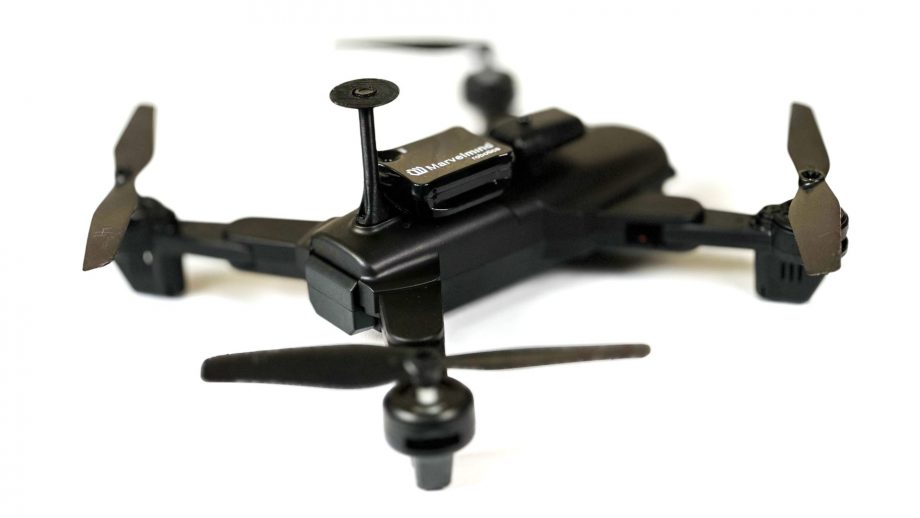Using IA for drones
Flying drones indoors and outdoors using Inverse Architecture (IA) is possible. However, it is trickier than with NIA or MF NIA. Thus, we recommend it only to experienced users who clearly understand the technology.
The obvious issue with IA and drones is that rotors and motors generate wideband noise that can easily go from audible spectrum to ultrasound and block the reception of the ultrasound signal by the mobile beacon on the drone.
The problem per se is not that drones are noisy. The problem is that the stationary beacons are far (meters or tens of meters), and the rotors and motors are very close to the mobile beacons (centimeters or small tens of centimeters). Thus, the ultrasound pulses from the stationary beacons are significantly more attenuated while propagating in the air than the noise from the very close rotors.
But the problem is not the level of noise until the noise is so powerful that the microphone is totally saturated. The potential problem is the signal-to-noise ratio.
Luckily, special measures can be applied to improve the signal-to-noise ratio, thus making IA with drones possible.
Noise-reflecting shield
The most straightforward solution is to install a noise-reflecting shield protecting the microphone from the noise coming from the propellers and motors:
- Ultrasound is well reflected even by very thin materials, for example, thin plastic. Even a sheet of paper can create a good ultrasound shield. The chosen variant for protection is mostly driven by the mechanics and robustness of the shield
- Shield must be clearly above the rotors
- Stationary beacons must always be above the shield because they would be equally shielded otherwise
- Other drones must not fly too close and above the drone

Other key solutions
- Special sharp and narrow digital filters. The drone’s rotors can produce powerful noise, but it is mostly in the audible part of the spectrum and is wideband. Special narrow and sharp digital filters inside the mobile beacons cut that noise off, and only the portion that falls in the reception band of each frequency can potentially harm by reducing the signal-to-noise ratio
- Play with ultrasound frequencies. The wideband noise from robots and motors reaches ultrasound, but its level drops quickly with the frequency. Thus, the noise level at 25kHz can be expected to be higher than that at 45kHz. However, depending on the frequency, the ultrasound is also attenuated in the air. The higher the frequency, the higher the attenuation; the law is pretty complex. Also, the microphones’ sensitivity and the transducers’ power transmission are frequency-dependent. Thus, it is rather difficult to forecast which frequency would give the best signal-to-noise ratio in a particular setup (distances). Thus, practical testing is highly advisable, particularly because their very easy and very fast (seconds) with the help of an embedded Oscilloscope. More about different ultrasound frequencies
Inverse Architecture (IA) is a powerful solution that can provide a high location update rate for even swarming drones and drone shows.
Recently added
Categories
| M | T | W | T | F | S | S |
|---|---|---|---|---|---|---|
| 1 | 2 | 3 | 4 | 5 | 6 | 7 |
| 8 | 9 | 10 | 11 | 12 | 13 | 14 |
| 15 | 16 | 17 | 18 | 19 | 20 | 21 |
| 22 | 23 | 24 | 25 | 26 | 27 | 28 |
| 29 | 30 | 31 | ||||